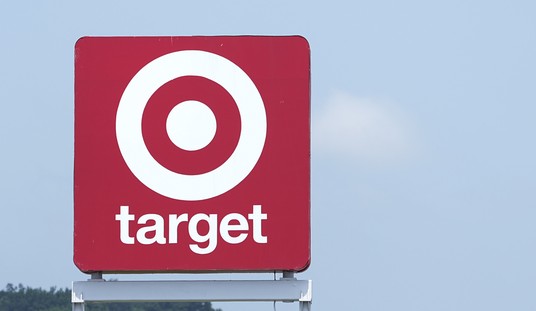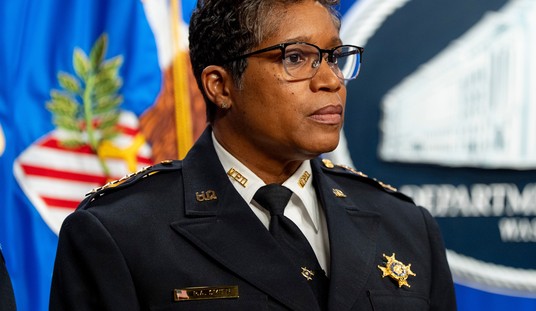"At noon on Thursday, a crowd gathered outside the Wapakoneta Fire Department, their eyes looking at the small but powerful addition to the building: the new Safe Haven Baby Box. With one simple cut of the red ribbon, Wapakoneta became a place where a desperate mother might find hope, and a newborn could be given a second chance at life."
That's from an article in the Wapakoneta Daily News, about the latest place for mothers to anonymously and legally surrender their newborns, with the assurance that their babies will be given the care the mothers can't themselves provide.
The Ohio city's website says Wapakoneta is "the proud hometown of Neil Armstrong." The new safe-haven baby box may not quite stack up to the first man to walk on the moon, but it may mean the difference between life and death for a newborn.
"This box is a sign of hope," a local pastor told the newspaper. Babies "being placed in this box means ... their lives are not over before they've even begun."
A key safe-haven box component is an alarm that sounds to alert firefighters to the presence of a baby in need of adult care, giving the mother just enough time to walk away without being seen. There are no cameras. The woman's right to anonymity is protected. The idea behind the approach is to give a desperate mother hope that her child can live and have a happy life with people equipped to raise her.
Recommended
When I was young and naive, I thought safe-haven boxes were a sign that the Final Judgment was upon us. Not only was abortion legal in all three trimesters of pregnancy, but now we were actively encouraging mothers to abandon their babies. Today, I see things differently.
I remember arguing with the president of the National Council of Adoption about this, many years ago. I thought that by advocating for safe-haven laws, he was going to increase the number of abandoned children. Now I see that the best interests of the child always need to take top priority. They aren't, always. Safe-haven boxes help put children first.
At the same time, though, safe-haven boxes should give us pause. They should prompt an examination of societal conscience whenever a new one pops up. What can we do so no mother feels so desperate that she must leave her baby, with no real possibility of further contact? What more can we do to protect mother and child, together? In foster care circles, child welfare advocates most often seem to favor kinship care -- find a relative, even if there is not relationship between the child and the adult. That's not always what's best for the child, but if family can stay in the picture, we should want to make that possible. Safe-haven boxes should be an emergency option only, but I'm glad they're there. May they provide better lives for children and inspire adults to work toward a world in which babies are never abandoned or left behind.
(Kathryn Jean Lopez is senior fellow at the National Review Institute, editor-at-large of National Review magazine and author of the new book "A Year With the Mystics: Visionary Wisdom for Daily Living." She is also chair of Cardinal Dolan's pro-life commission in New York, and is on the board of the University of Mary. She can be contacted at klopez@nationalreview.com.)


